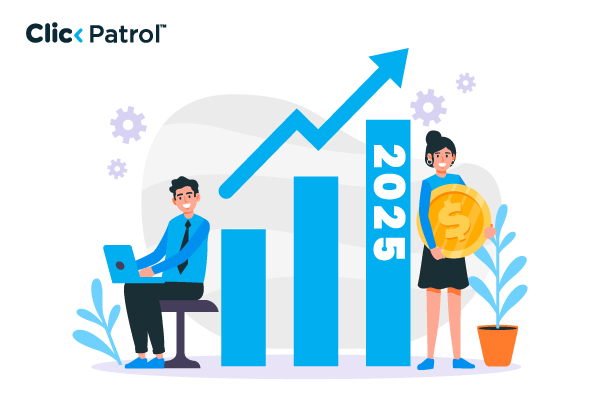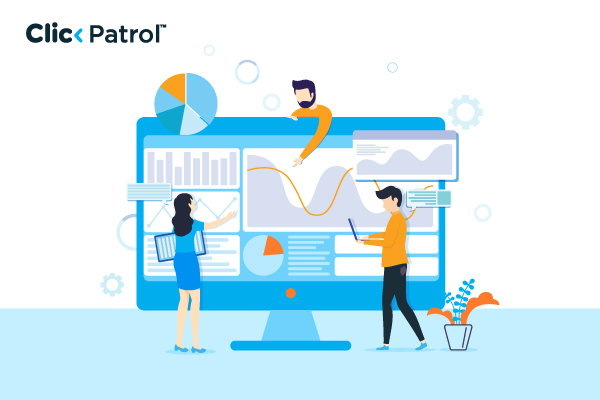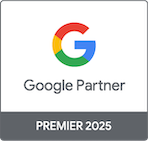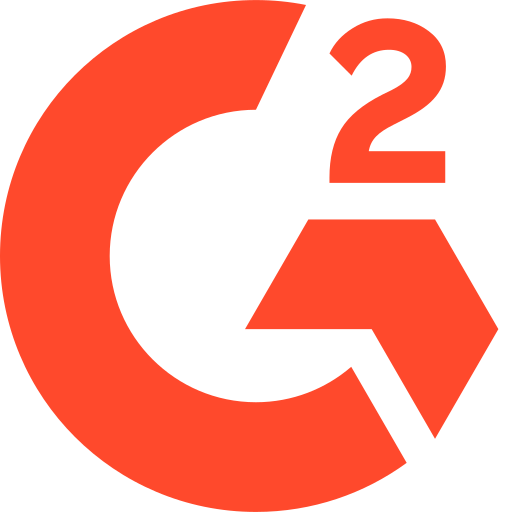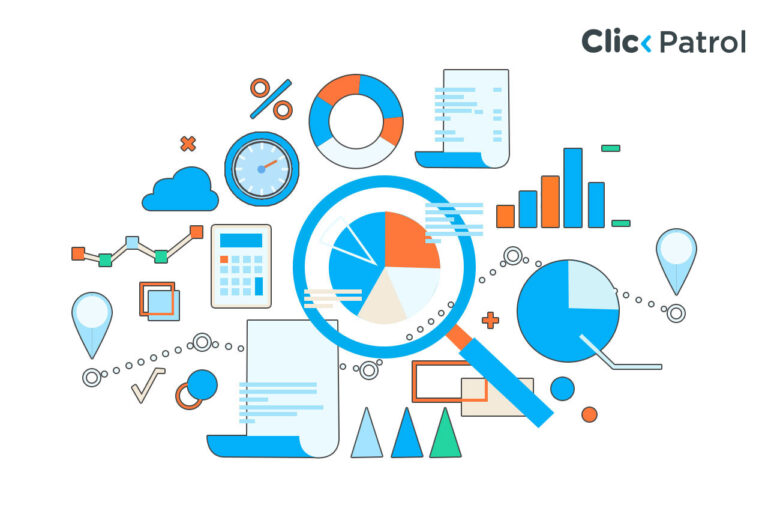
PPC advertising costs explained: How much to budget in 2025
Abisola Tanzako | Apr 21, 2025
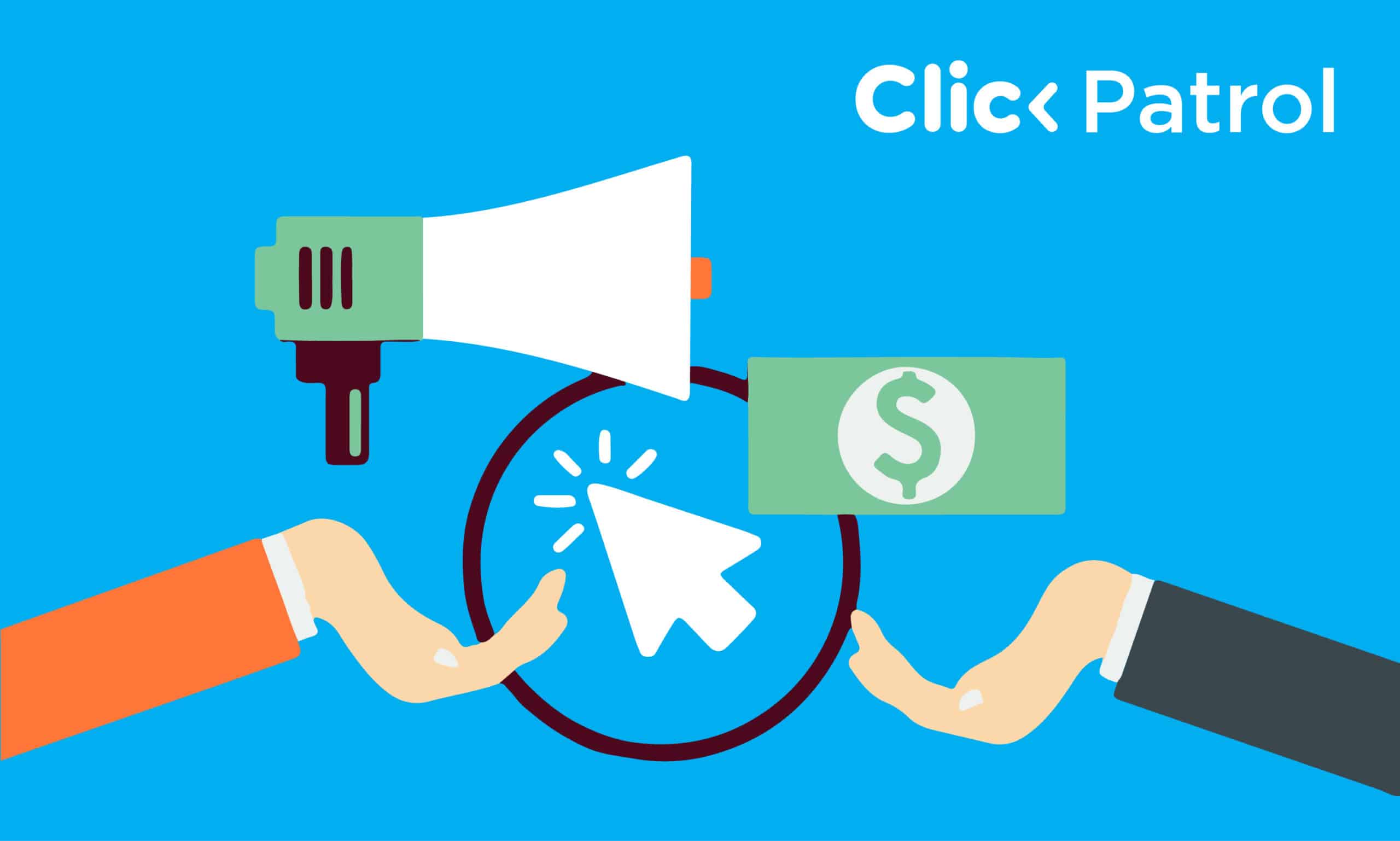
Table of Contents
- Factors that influence PPC advertising costs
- Average PPC costs on different platforms
- 1. Google Ads (Search Network)
- 2. Google Display Network (GDN)
- 3. Facebook & Instagram Ads
- 4. LinkedIn Ads
- 5. Microsoft (Bing) Ads
- 6. Twitter (X) Ads
- How to budget for a PPC advertising campaign in 2025
- How to reduce PPC advertising costs without sacrificing results
- How much should you spend on PPC?
- FAQs
Businesses spend an average of $9,000 to $10,000 monthly on PPC advertising.
PPC (Pay-Per-Click) advertising is one of the most effective digital marketing strategies for driving traffic, generating leads, and increasing sales.
Businesses and marketers ask a common question: How much does PPC advertising cost? In truth, PPC has no predetermined price; instead, it varies based on several variables, including your industry, competitors, ad platform, targeting preferences, and bidding strategy.
This guide breaks down PPC costs, factors influencing prices, and budgeting strategies for 2025.
Factors that influence PPC advertising costs
Multiple factors influence the cost of running a PPC campaign. Understanding these factors enables advertisers to optimize their budgets and maximize return on investment (ROI).
Below are the key elements that impact PPC costs:
1. Industry and competition: Certain industries experience significantly higher PPC costs due to high demand and intense competition. If multiple advertisers bid for the exact keywords, the Cost Per Click (CPC) increases.
- High-CPC industries, including legal, insurance, finance, real estate, and healthcare, tend to have CPCs ranging from $10 to $50 per click. Due to intense competition, legal keywords like “personal injury lawyer” can cost over $100 per click.
- Low-CPC industries, such as e-commerce, entertainment, and education, generally have lower CPCs, ranging from $0.50 to $3 per click.
2. Ad platform and network: Different ad platforms have varying pricing models and cost-per-click (CPC) ranges. The choice of platform directly affects the overall cost of a PPC campaign.
- Google Ads (Search Network): Google Ads is the most expensive platform due to high-intent searches. Depending on the industry, CPCs can range from $1 to $10.
- Google Display Network (GDN): Typically cheaper than search ads, with CPCs around $0.50–$2.
Facebook and Instagram ads: These platforms have lower cost-per-click (CPC) rates ($0.50–$3) but rely more on audience engagement than search intent. - LinkedIn Ads: These are more expensive due to their professional targeting, with CPCs ranging from $5 to $10.
- Microsoft (Bing) Ads: Usually cheaper than Google, with CPCs 20–30% lower.
- Keyword selection and bidding strategy: The keywords you target and how you bid on them directly influence costs.
- High-intent keywords: Keywords with strong purchase intent (e.g., “buy iPhone 15 Pro”) tend to be more expensive because they attract customers who are already ready to make a purchase.
- Long-tail keywords: More specific phrases (e.g., “best budget smartphone for gaming 2024”) tend to have lower cost-per-click (CPC) rates and better conversion rates.
- Match types: Broad match keywords may attract irrelevant clicks, increasing costs, whereas exact match and phrase match help improve ad relevance and CPC efficiency.
- Bidding strategies:
- Manual CPC: You set a maximum CPC for each keyword.
- Enhanced CPC (ECPC): Google adjusts your bids based on the likelihood of conversion.
- Maximize Clicks: Google aims to maximize clicks within your budget.
- Target ROAS: Focuses on maximizing return on ad spend.
4. Audience targeting and geographic location: Who you target and where your ads are displayed play a crucial role in PPC costs.
- Broad targeting leads to more impressions but may also include unqualified leads, resulting in wasted ad spend.
- Narrow targeting (e.g., age, gender, interests, behaviors) may have higher cost-per-click (CPC) rates but improve conversion rates.
- Geographic location:
- Advertisers in competitive regions (e.g., New York, London, Los Angeles) face higher PPC costs.
- CPCs in smaller cities and less competitive areas tend to be lower.
- Some countries have cheaper PPC rates than others—ads in India or Southeast Asia may cost significantly less than in the US or UK.
5. Ad quality and relevance (Quality Score): Google and other platforms reward high-quality ads by reducing CPCs and improving ad placements.
- Quality score (QS) is a 1-10 rating based on:
- Expected click-through rate (CTR): A Higher CTR means a lower CPC.
- Ad relevance: How well your ad matches the search intent.
- Landing page experience: A poor landing page increases PPC costs.
6. Device and time of day: PPC costs fluctuate depending on when and where ads are shown.
- Mobile vs. Desktop: Mobile CPCs are generally lower, but conversions may be lower than those on desktops.
- Time of day:
- Running ads during peak hours (e.g., 9 AM—6 PM) costs more due to higher competition.
- Scheduling ads during low-competition times (e.g., early mornings or late nights) can result in lower cost-per-click (CPC) rates.
7. Competition and ad rank: Your Ad Rank (determined by your bid, Quality Score, and expected impact of ad extensions) influences how much you pay per click.
- If competitors increase bids, your CPC may rise unless you optimize ad quality.
- Testing different ad creatives, extensions, and targeting methods can help maintain cost efficiency.
8. Ad extensions and enhancements: Ad extensions, such as site links, callouts, structured snippets, and price extensions, improve ad visibility and click-through rates.
- Ads with more substantial extensions tend to perform better and achieve lower cost-per-click (CPC) rates.
- Using relevant ad formats (e.g., call ads for service-based businesses) can enhance ad performance while controlling costs.
Average PPC costs on different platforms
Let’s look at how much PPC typically costs on popular ad platforms:
1. Google Ads (Search Network)
- The average CPC ranges from $1 to $5 for most industries, but legal and insurance can exceed $50 per click.
- Monthly budget recommendation: Small businesses can start with $500 to $5,000 per month.
2. Google Display Network (GDN)
- Average CPC: $0.50–$1.50 (cheaper than search ads).
- Best for: Brand awareness and remarketing campaigns.
3. Facebook & Instagram Ads
- Average CPC: $0.50–$3.00, depending on the audience and ad quality.
- Cost Per 1,000 Impressions (CPM): Around $5–$15.
- Best for: Targeting specific demographics and interests.
4. LinkedIn Ads
- Average CPC: $5–$10 (more expensive due to professional audience).
- Best for: B2B lead generation.
5. Microsoft (Bing) Ads
- Average CPC: $1–$3, often cheaper than Google Ads.
- Best for: Businesses targeting an older, high-income audience.
6. Twitter (X) Ads
- Average CPC: $0.50–$2.00.
- Best for: Brand engagement and promoting trending topics.
How to budget for a PPC advertising campaign in 2025
Here’s how to budget for a PPC advertising campaign:
1. How to set a starting budget
- Small businesses: $1,000–$5,000/month
- Mid-sized companies: $10,000–$50,000/month
- Large enterprises: $100,000+ per month
2. Scaling your PPC campaign
- Test different ad creatives.
- Increase bids on high-performing keywords.
- Monitor conversion rates and optimize landing pages.
How to reduce PPC advertising costs without sacrificing results
PPC advertising costs can add up quickly, so optimizing your campaigns for efficiency is essential. Here’s how:
- Focus on high-quality, long-tail keywords.
- Improve landing page relevance.
- Use negative keywords to filter unwanted traffic.
- Adjust bids based on device and location performance.
How much should you spend on PPC?
PPC advertising costs vary widely based on industry, platform, targeting, and strategy. Small businesses might spend $500 monthly, while more prominent brands invest tens of thousands.
To achieve the best results, focus on optimizing your CPC, increasing your Quality Score, and refining your targeting rather than spending more. Start with a realistic budget, track key metrics, and continuously test and improve your campaigns.
With the right strategy, PPC can be a cost-effective way to generate leads, boost sales, and expand your business.
FAQs
Q. 1 What is the minimum budget required for PPC?
There is no fixed minimum budget for PPC campaigns. However, most advertisers start with a monthly budget of $500 to $1,000 for small businesses. Google and Facebook allow campaigns to run with a daily budget as low as $5–$10; however, a higher budget provides better reach and more data for optimization.
Q. 2 Why do some keywords have higher CPCs than others?
Keywords with higher commercial intent (e.g., “hire a personal injury lawyer”) tend to have higher CPCs because more businesses are bidding on them; the more competitive the keyword, the higher the bid price. More specific long-tail keywords usually have lower CPCs and better conversion rates.

